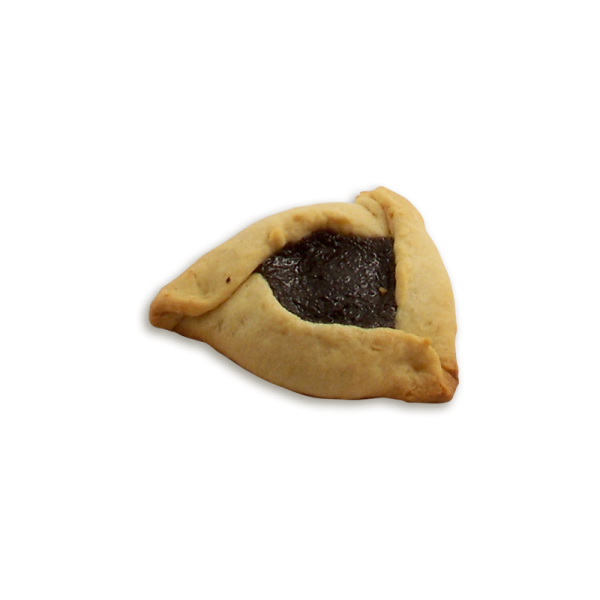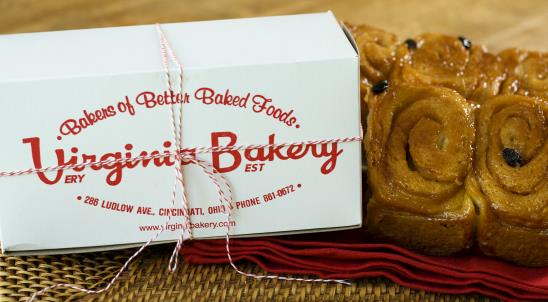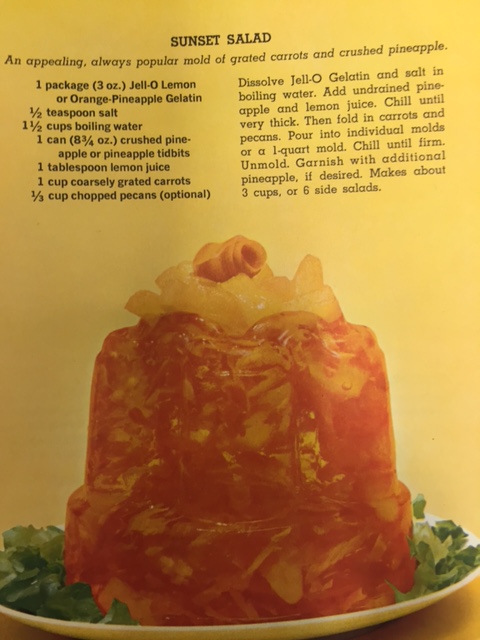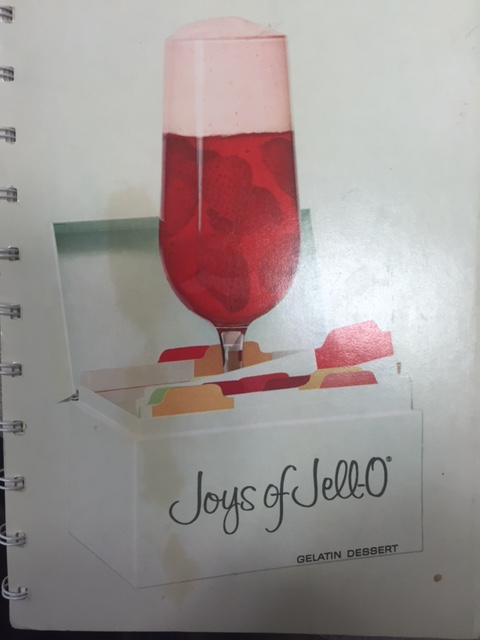
This past weekend, a ridiculously large fruitcake, called strietzel or stollen , was wheeled in a carriage through streets of Dresden to the Christkindlmarkt or Christmas market. This Dresden Stollen Festival, traditionally held on the second Sunday of Advent, has been going on almost continuously since King Augustus the Strong started the tradition in 1730. A large oversized knife is used to cut the stolen into pieces that are distributed for a small fee going to charity. That knife, called the “Grand Dresden Stollen Knife”, is a silver-plated knife, 5 ¼ feet long weighing over 26 pounds, and is a copy of the lost baroque original knife from 1730. As you can see, the people of Dresden take their Christmas stollen very seriously.
Growing up my family’s Christmas fruitcake was this delicious Dresdener Stollen variety. We did not have the heavy bricks of commercial fruit cake you might get from Pepperidge Farms. Those are the kind that could keep in your bomb shelter for 20 years without spoilage.
Many cities like Manitou Springs, Colorado, even hold an annual catapult toss of those unwanted commercial fruitcakes. So all the jokes of re-gifting these tasteless fruitcake were lost on me. Our Christmas fruitcake, the stollen, was well spiced, with cinnamon and cardamom. It wasn’t dense, but rich and buttery, and flavored with golden raisins and dried currents, not the unnatural green and red maraschino cherries of the laughable variety.
Ours were bakery fresh and was bought from Schultz’s , Servatii’s or Bonomoni or another wonderful German bakery around town. My Grandpa made a similar version for the holidays at his bakery in Dayton, Kentucky. They had to be ‘eaten up’ within a week, and went great next to goetta and eggs at a breakfast during the Christmas season. But I wondered how this wonderful German variety morphed into the horrible American example. When and who was responsible for the fruitcake’s fall from grace?
As we do with many food pathways, food historians trace the fruitcake back to the ancient Romans. They made sort of an energy bar of barley, pomegranate seeds, nuts and raisins. Those crazy Romans had a lot of world conquering to do, after all. But it’s the Middle Ages to which the modern fruitcake can be traced. That was when dried fruits became widely available and Western Europeans integrated them into their breads. Variations on these fruited breads popped up. First came Italy’s sweet and spicy panforte ( translated, ‘strong bread’) coming out of 13th century Sienna. Although rich, this is also much better than the American mail-order commercial fruitcake, and became associated as a Christmas bread, like our fruitcake.
Then came Dresden’s stollen, whose first mention in official documents was 1474. Originally called Strietzel, it is produced in the city of Dresden and marked by a special seal depicting King Augustus II, the Strong. Only 150 lucky Dresden bakers are allowed to make this official stollen. I imagine a ‘fruitcake mafia’ to whom a Dresden baker must tithe to get into this exclusive circle.
As a Christmas bread, stollen was baked for the first time at the Council of Trent in 1545, and was made with flour, yeast, oil and water. The Advent season in Catholic Germany was a time of meat fasting, and bakers were not allowed to use butter because it was an animal byproduct. They were only allowed to use oil, and the cake was tasteless and hard. In 1560, the bakers of Dresden offered the rulers of Saxony Christmas Stollen weighing 36 pounds each as gift, and the custom of giving fruitcake at Christmas continued.
In the 15th century, in medieval Saxony (in central Germany, north of Bavaria and south of Brandenburg), the Prince Elector Ernst (1441–1486) and his brother Duke Albrecht (1443–1500) decided they wanted a much more decadent holiday bread and wrote to Pope Nicholas V (1397-1455). They claimed that their Saxon bakers needed to use butter in their stollen, as oil in their region was expensive, hard to come by, and had to be made from turnips.
The Pope in 1450 denied noble brothers’ the first appeal. Five popes had to die before finally, Pope Innocent VIII (1432–1492) sent a letter to the Prince in 1490, known as the “Butterbrief” or “Butter-Letter” which granted the use of butter (without having to pay a fine), but only for the Prince-Elector and his family and household.
Others were also permitted to use butter, but on the condition of having to pay annually 1/20th of a gold Gulden to support the building of the Freiberg Minster. It was sort of a revenue generating ‘butter indulgence’ for the Church. It’s just like today the 1% get all the bennies, while the rest of us peasants have to pay for it! The ban on butter was removed when Saxony became Protestant and the Pope’s approval was no longer required.
So back to the Stollen Festival. Augustus II, the Strong, (1670–1733) was the Elector of Saxony, King of Poland and Grand Duke of Lithuania. The King loved pomp, luxury, splendour and feasts. He was kind of like the Germanic version of Louis, the Sun King of France who lost his head in the Revolution. In 1730, ‘King Gus’ wanted to impress his subjects, ordering the Bakers’ Guild of Dresden to make a giant 1.7-ton Stollen, big enough for everyone to have a portion to eat. There were over 24,000 guests taking part in a legendary amusement festivity known as Zeithainer Lustlager. For this special occasion, the court architect Matthaus Daniel Poppelmann (1662–1737), built a massive Stollen oven. This is also when the famous knife was designed. This story reminds me of my favorite line from the movie Willy Wonka and the Chocolate Factory, “Augustus, save some room for later!”
Over the centuries, the bread changed from being its tasteless original bake to a sweeter bread with richer ingredients, such as marzipan, although traditional stollen is not as sweet or light as the unauthentic copies made around the world.

The flambouyant Augustus II the Strong, creator of the Dresden Stollen festival and making it part of Germanic pop culture.
The tradition of making fruitcakes for special occasions such as weddings and holidays gained in popularity in the 18th and 19th centuries, even though its Christmas occasion had already been well established in Saxony. Because of the cost of the ingredients it was a rare indulgence for special events.
But, it was the modern mail system and shelf stability requirements that sent fruitcake into its downward spiral as a holiday joke. So, if you want to avoid these leaden bricks of holiday hilarity, find a good German bakery like Servatti’s, and get a delicious Dresdener stollen for you and yours.
 Mohnkucken fans in Cincinnati are in luck! I happened to find a local bakery that makes something similar to Mohnkuchen. Although its neither German nor family owned, Breadsmith Bakery on Hyde Park Square has a poppy seed babka that is rolled in poppyseed paste.
Mohnkucken fans in Cincinnati are in luck! I happened to find a local bakery that makes something similar to Mohnkuchen. Although its neither German nor family owned, Breadsmith Bakery on Hyde Park Square has a poppy seed babka that is rolled in poppyseed paste.







